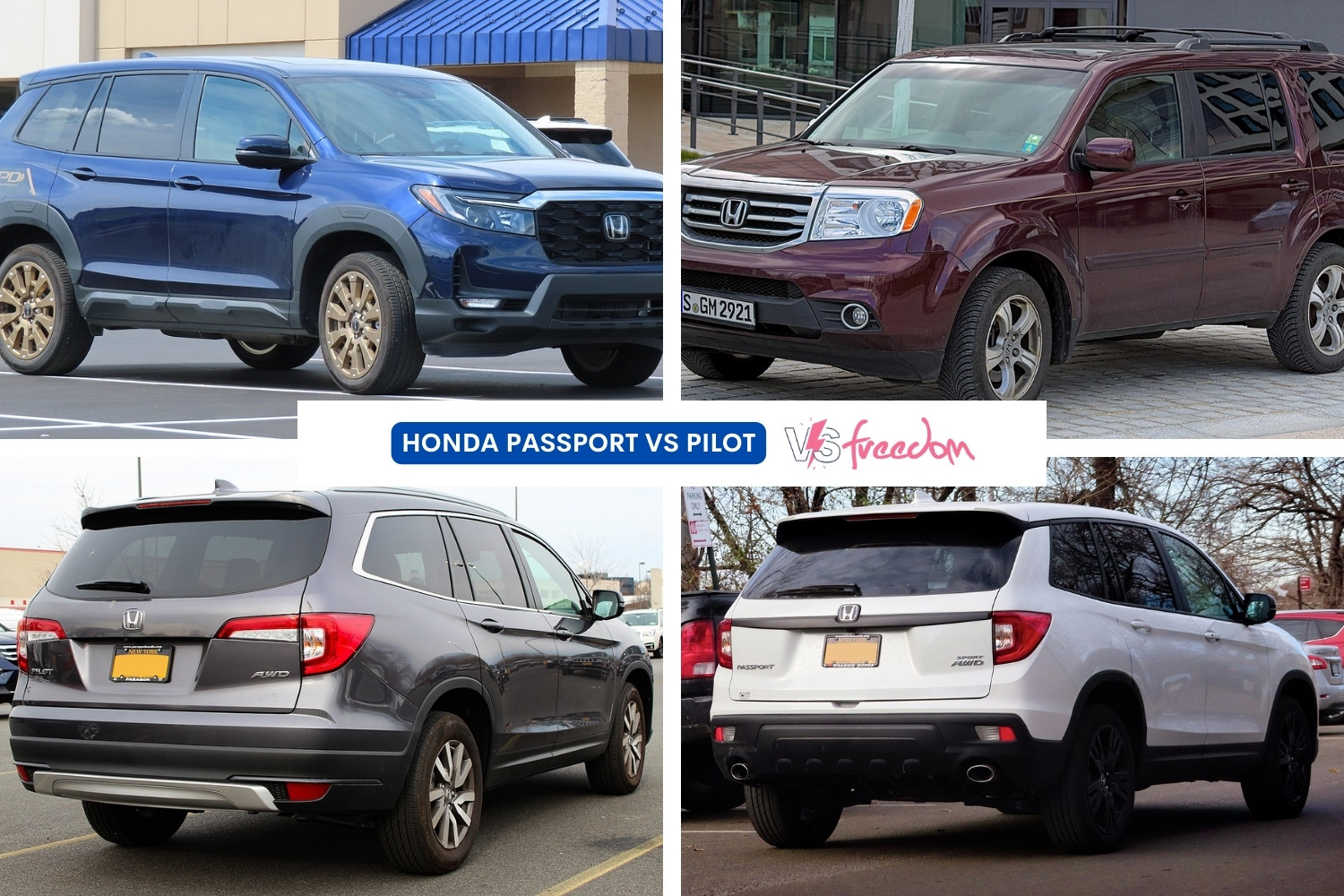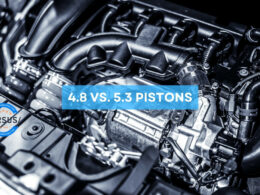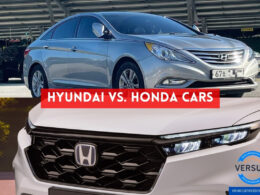In This Article Show
Highlights 🌟
- Size & Purpose: Passport is sportier and compact; Pilot is larger for families.
- Features: Passport is agile for off-roading; Pilot offers more seating and space.
- Choice: Passport for sportiness; Pilot for family comfort.
- Check VersusFreedom for more great comparisons like this.
In my 13 years as a mechanic, I’ve seen and worked on countless vehicles, and with this experience, I’ve gained insights that go beyond just the nuts and bolts of a car. One brand that frequently comes into my garage is Honda – a name synonymous with reliability and innovative engineering.
While I spend my days under the hood, I’ve also taken to sharing my insights and knowledge through writing. This brings me to today’s topic, not the Honda Ridgeline but the Honda Passport and Honda Pilot.
Now, you might wonder why there’s a need to delve into the nitty-gritty of these two vehicles. The reason is simple. Though bearing the same Honda emblem, these two SUVs cater to slightly different audiences and needs.
With the understanding I’ve cultivated over the years, both as a mechanic and a writer, I hope to shed light on the similarities and differences between the Passport and the Pilot, helping you make a more informed decision.
If you’ve ever found yourself contemplating between these two vehicles or are just curious about what sets them apart, you’re in the right place. Let’s dive in, shall we?
Brief Overview of Honda Passport & Honda Pilot
The Honda Passport and Honda Pilot are two impressive entrants in the world of SUVs, both hailing from the same reputable Honda stable. Over the years, I’ve encountered numerous models of both in my garage, giving me a hands-on understanding of their capabilities.
Here’s a brief breakdown of what each vehicle represents:
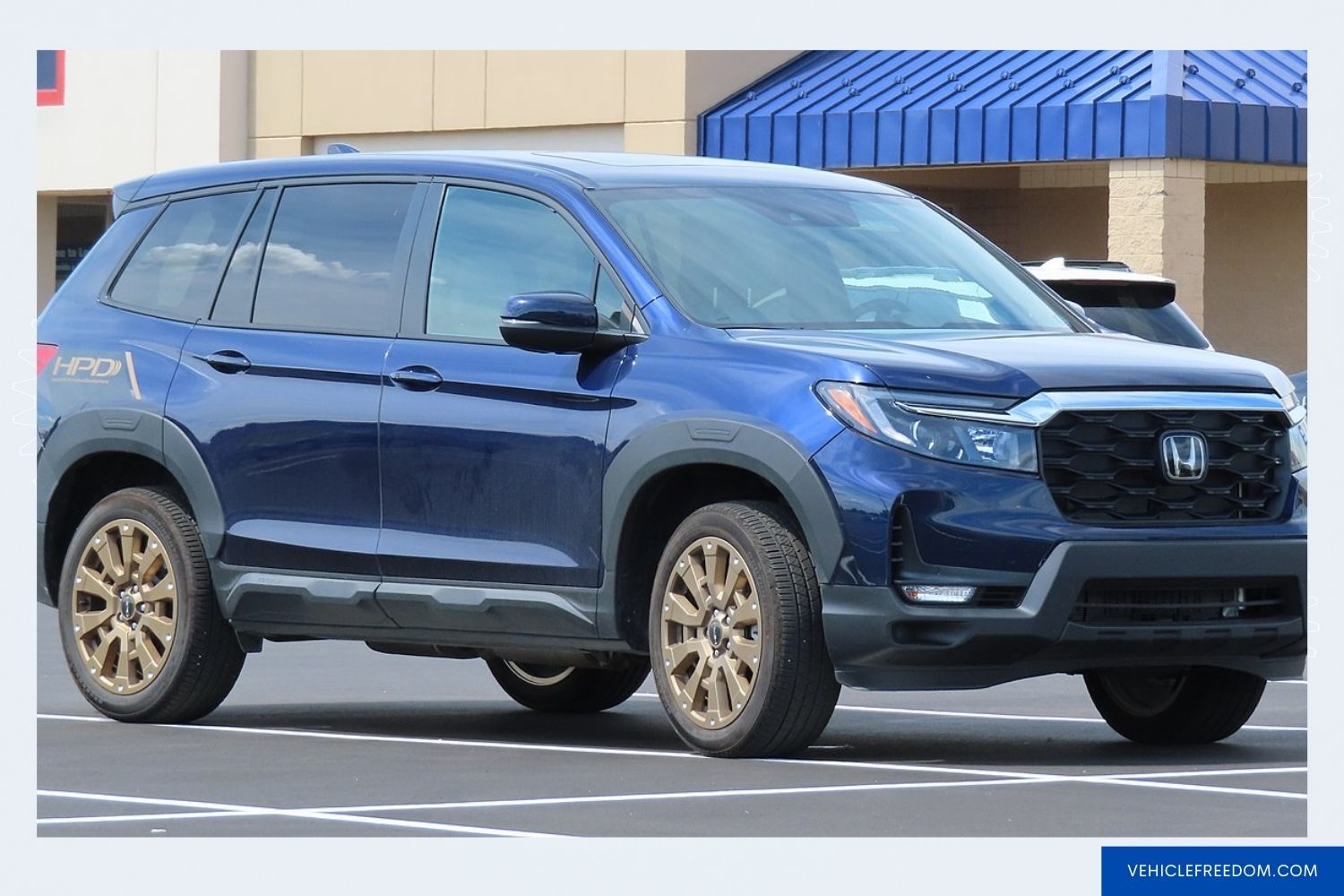
Honda Passport
Introduced in the 1990s, the Passport took a hiatus and made a grand re-entry in 2019. This mid-size SUV is designed for those who seek a blend of city driving with the occasional off-road adventure.
It’s slightly more compact than the Pilot, making it a more nimble choice for those who primarily navigate urban terrains. However, don’t let its size fool you. The Passport is robust, offering a comfortable ride with commendable cargo space, especially for weekend getaways.
Honda Pilot
Since its inception in the early 2000s, the Honda Pilot has grown in stature and features, becoming a family favorite choice. It offers three rows of seating as a larger SUV, making it ideal for larger families or those who prioritize space and comfort.
Throughout my years as a mechanic, I’ve often noticed the Pilot chosen by those needing a dependable vehicle for daily commutes, long drives, and versatile cargo needs. Its spaciousness doesn’t compromise its performance, and the Pilot delivers a smooth ride every time.
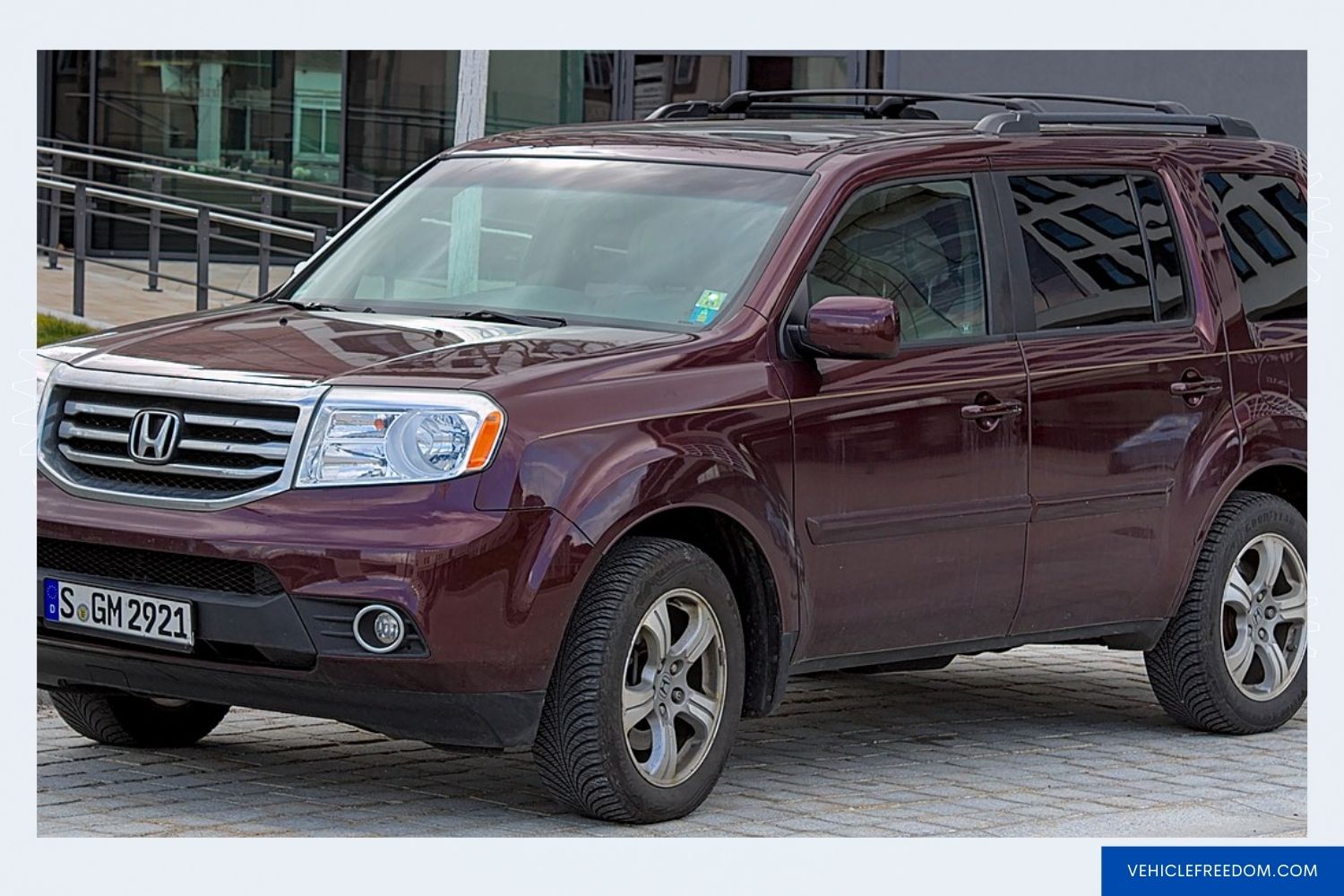
While both vehicles bear the Honda mark of quality and reliability, they cater to different lifestyles and preferences. Whether you’re an urban dweller or someone with a growing family, understanding the core essence of the Passport and Pilot is crucial to making an informed choice.
Similarities Between Honda Passport & Honda Pilot
While the Passport and Pilot have distinct identities, they stem from the same DNA of Honda innovation and quality. I’ve worked on both models multiple times, and it’s clear that they share some core attributes.
Here’s a look at their prominent similarities:
1. Exterior Styling
Both the Passport and the Pilot carry Honda’s distinctive design language. At first glance, you’ll notice a confident stance, sleek lines, and the unmistakable Honda front grille. Their LED headlights, aerodynamic shape, and alloy wheels further accentuate the visual appeal, making both models instantly recognizable as part of the Honda family.
2. Engine & Performance
At the heart of both these vehicles lies a powerful 3.5-liter V6 engine. This engine ensures that whether you’re in a Passport or a Pilot, you’re getting consistent power, acceleration, and a smooth driving experience. The horsepower and torque figures are commendably close, ensuring a responsive and zippy feel on the road.
3. Interior Features & Comfort
Honda prides itself on providing a comfortable and premium interior, and both these SUVs live up to that standard. High-quality materials, ergonomic designs, and advanced infotainment systems are common features.
Both models boast features like tri-zone automatic climate control, heated seats, and a touch-screen display, ensuring passengers travel in comfort and style.
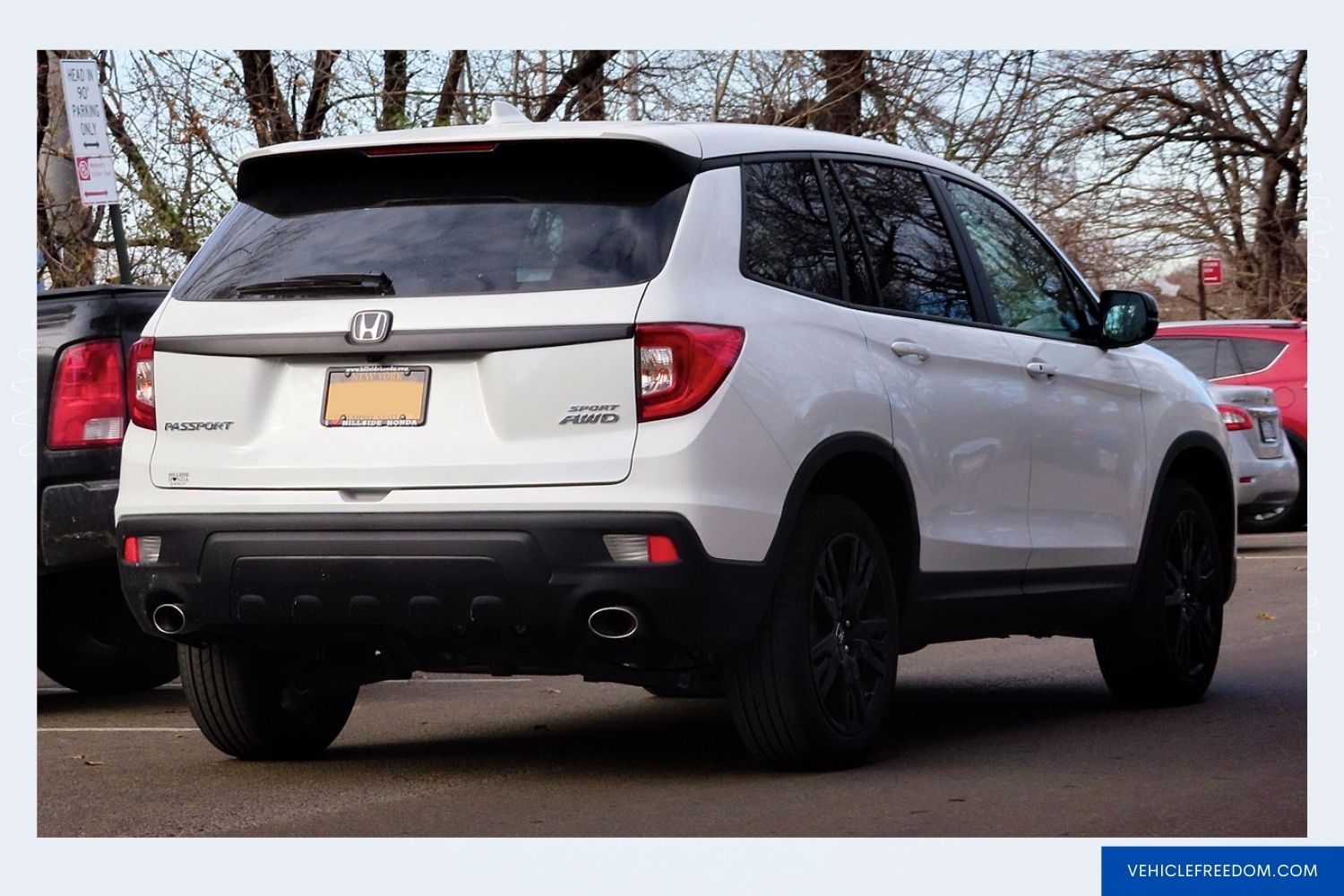
4. Safety & Technology
Safety is paramount for Honda, and both the Passport and Pilot are equipped with the Honda Sensing suite of safety features. This includes adaptive cruise control, collision mitigation braking system, lane-keeping assist, and more. This commitment to safety is something I’ve always appreciated in my years working with Honda vehicles.
5. Price Ranges
Given that they belong to the same family, their pricing structures are similar, especially at base levels. However, as you climb the trim levels or add optional features, prices may diverge, but the starting point is often in the same ballpark.
Key Takeaway 📝
In the vast world of SUVs, these shared attributes make the Passport and Pilot stand out as siblings, offering Honda’s hallmark of reliability, style, and performance. Still, as we’ll discover next, their differences are just as crucial in steering a buyer’s decision.
Differences Between Honda Passport & Honda Pilot
Despite their shared lineage and the Honda badge they proudly wear, the Passport and Pilot have been designed with distinct purposes in mind. These differences can greatly influence a buyer’s decision. Let’s dive into these distinctions:
1. Size & Seating Capacity
The Honda Pilot is the larger of the two, comfortably seating up to eight passengers across its three rows. It’s a go-to for families who need that extra space. On the other hand, the Passport, being a mid-size SUV, offers two rows and seats up to five.
Its design leans towards those who might not need as much seating but still desire ample space.
2. Utility & Cargo Space
Thanks to its larger size, the Pilot offers more cargo space when all seats are occupied. However, with the rear seats down, the Passport surprisingly offers comparable, if not more, cargo space due to its more extended cargo area design. For those looking for versatility in cargo management, the Passport’s design might have an edge.
3. Drive Experience
The Passport has a sportier, more rugged demeanor. Its higher ground clearance and shorter length give it a slight advantage in off-road scenarios or trickier urban conditions. The Pilot, meanwhile, offers a more refined and stable ride, especially on highways and longer commutes, which larger families might appreciate.
4. Fuel Efficiency
While both vehicles house the same 3.5-liter V6 engine, their fuel efficiencies differ slightly due to their weight and aerodynamic differences. Being a bit more compact, the Passport often has a slight edge in city driving MPG, while the Pilot, given its design, might perform a tad better on highways.
5. Trim Levels & Customizations
Both vehicles come with a variety of trim levels, but the options and features in each trim can vary. The Pilot, for instance, has luxury-focused trims that cater to families seeking more opulent features. The Passport’s trims, in contrast, lean more towards outdoor enthusiasts, with options that enhance off-road capabilities and adventure readiness.
Key Takeaway 📝
While these distinctions might seem minor on paper, they can greatly influence one’s driving experience and satisfaction. It’s always vital to consider what aspects are more crucial to your lifestyle when choosing between the Passport and the Pilot.
Honda Passport vs Pilot: Pros & Cons
Making a decision between the Passport and the Pilot can be a bit daunting, especially with their overlapping attributes. However, a clear understanding of their strengths and weaknesses can be illuminating. Here’s a concise list of pros and cons for each:
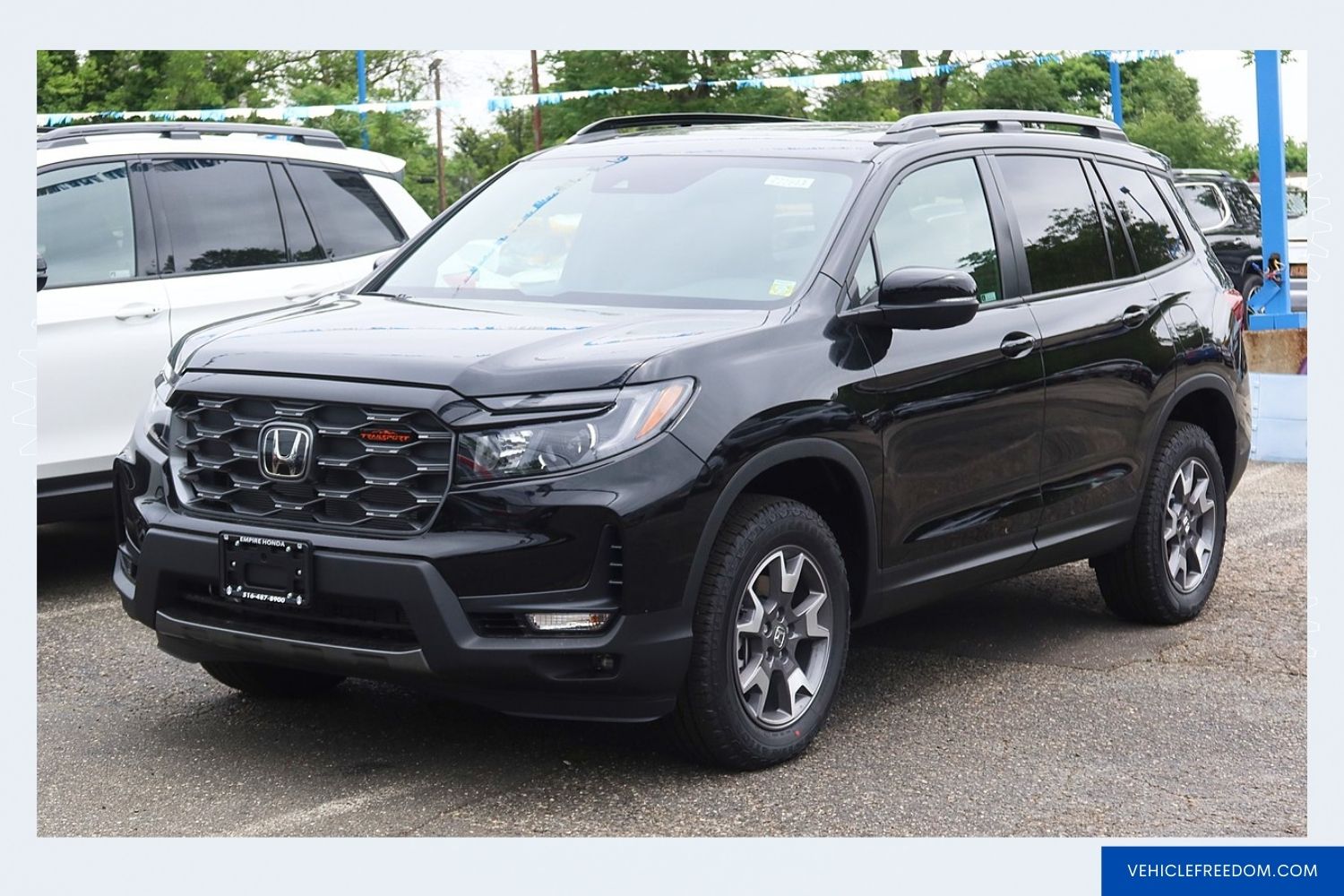
Honda Passport
Pros:
- Compact Design: Easier maneuverability in tight spaces, making it suitable for city driving.
- Cargo Space: Despite being smaller than the Pilot, it offers ample cargo space with the rear seats down.
- Sporty Aesthetics: Appeals to those looking for a more rugged, athletic design.
- Ground Clearance: Slightly raised, offering better off-road capabilities.
- Fuel Efficiency: Generally better fuel economy in city conditions.
Cons:
- Limited Seating: Seats only up to five passengers.
- Towing Capacity: While respectable, it’s somewhat less than the Pilot.
- Less Family-Oriented Features: The design and features lean more towards adventurers than large families.
Honda Pilot
Pros:
- Spacious Interior: Can comfortably seat up to eight passengers.
- Family-Oriented Features: Trims and features, including rear entertainment systems, cater more to family needs.
- Stable Ride: Offers a more stable and comfortable ride, especially on highways.
- Towing Capacity: Generally superior to the Passport, making it more suitable for hauling trailers or boats.
- Versatile Storage: Multiple storage compartments and seating configurations offer versatility.
Cons:
- Size: Its larger size might make parking or navigating in tight urban spaces harder.
- Less Off-Road Ready: While capable, it’s not as off-road inclined as the Passport.
- Price: Given its additional features and size, it’s generally pricier than the Passport.
Key Takeaway 📝
Whether you prioritize off-road adventures or family comfort can significantly sway your preference between these two remarkable SUVs. It’s essential to weigh these pros and cons against your needs and desires.
Making A Pick: Which One Is Right For You?
Choosing between the Honda Passport and Honda Pilot is more than just comparing features and specs. It’s about identifying which one aligns with your lifestyle, needs, and preferences. I’ve seen how different vehicles fit unique lifestyles.
Here’s a guide to help you decide:
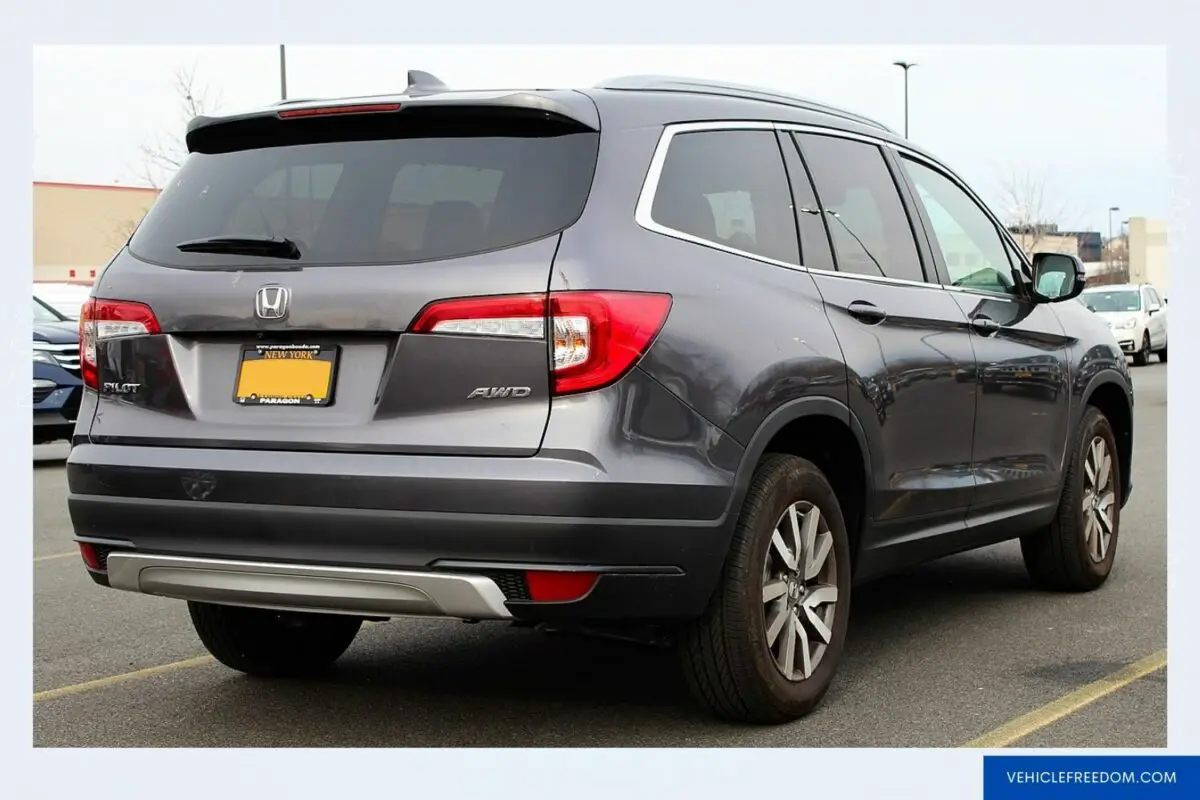
1. For the Urban Dweller
The Passport might be your best bet if you primarily navigate city streets, tight parking spots, and occasional weekend getaways. Its compact design paired with its commendable cargo space makes it ideal for urban environments while still being adventure-ready.
2. For the Adventure Seeker
The Passport stands out if you have a penchant for off-road escapades, camping trips, or spontaneous adventures. With its higher ground clearance, sporty design, and more off-road inclined features, it’s designed for those with a wanderlust spirit.
3. For the Big Family
Larger families or those who frequently travel with groups would find the Pilot more accommodating. Its three rows of seating, family-oriented features, and comfortable ride make it the go-to choice for those needing space without compromising on comfort.
4. For the Budget-Conscious Buyer
While both vehicles offer great value, consider your primary needs if you’re looking to get the most out of every dollar. The Passport generally comes with a lower starting price, making it attractive for those on a tighter budget. However, if space and family features are a priority, the extra investment in the Pilot might be justified.
Key Takeaway 📝
The best way to choose between the Passport and Pilot is to introspect on what aspects of a vehicle matter most to you. Both vehicles offer the reliability and quality associated with Honda. Your lifestyle, preferences, and priorities will guide your final pick.
Wrapping it up
Navigating the world of SUVs, especially when it comes to distinguished models like the Honda Passport and Pilot, can be both exhilarating and daunting. Both vehicles encapsulate the essence of Honda’s commitment to innovation, quality, and reliability. But, as with all choices in life, it boils down to what aligns best with your unique needs and lifestyle.
Over the years, I’ve had countless conversations with vehicle owners about what they love and desire in their cars. Time and time again, the most satisfied owners are those who took the time to understand not just the vehicle, but also how it integrates into their daily life.
Whether you lean towards the more compact, sporty Passport or the spacious, family-centric Pilot, you’re choosing quality. It’s not about which vehicle is better objectively, but which one is better for you.
Take a moment, reflect on your needs, the drives you’ll embark on, the memories you’ll create, and the life you envision with your vehicle. Whichever you choose, the road ahead is promising.






